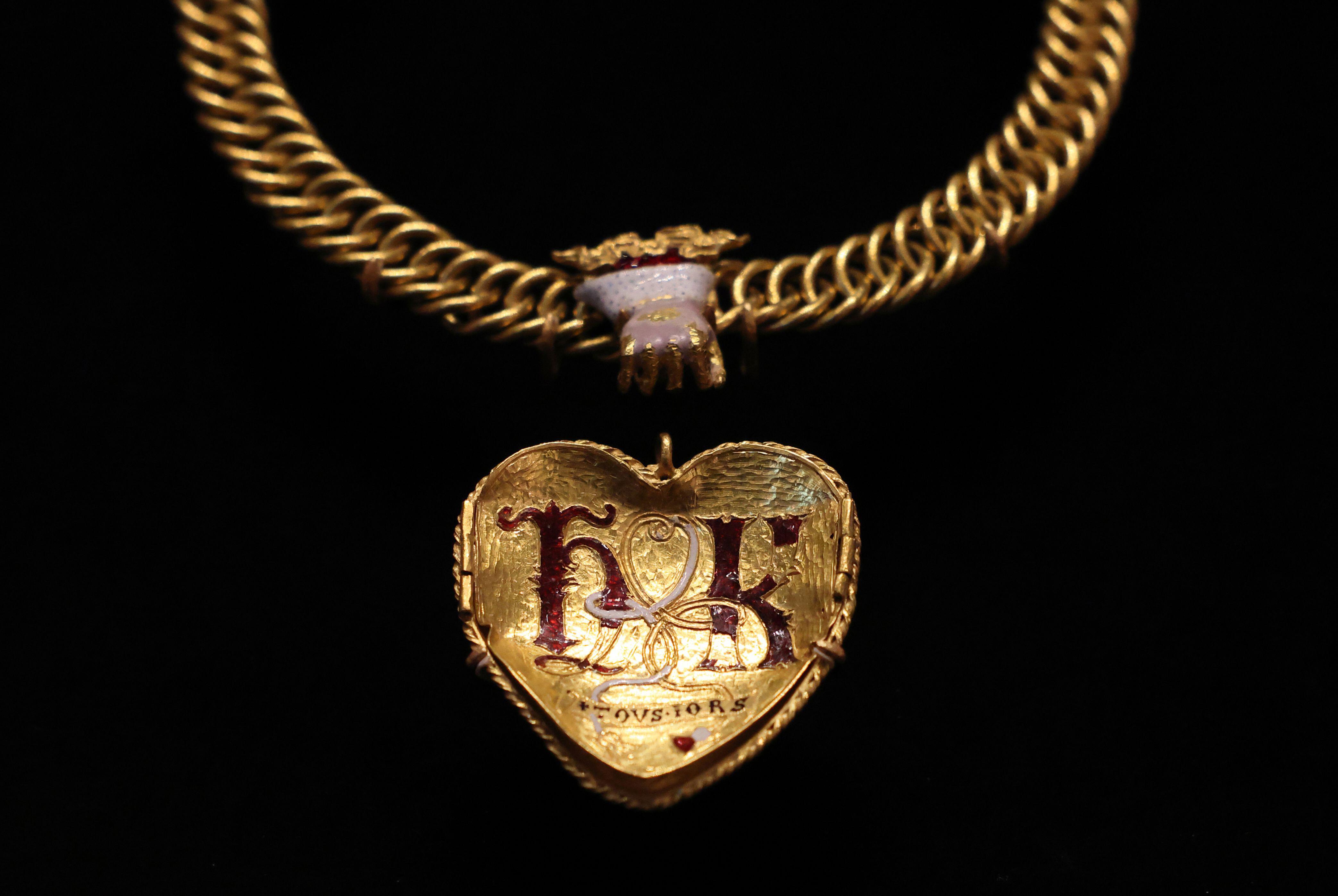Country mouse goes trout fishing
Tempting trout.


The chestnut-flanked cattle lolled in the shallows, nodding their heads to keep the flies on the move, and exotic green dragon-flies and whirling blue damselflies hunted the water’s margin for midges as the great conveyer belt of insect life, the River Test, streamed past. A kingfisher flashed past like the strike of a match and was gone.
I was alone beside one of the rarest ecosystems on the planet, a chalkstream, 80% of which are only found in Britain. I was there to fish, but, for half an hour, I just watched the watery perfection, Nature’s art gallery. I could see in it, on it and above it. Emerald weed swayed in the current and, between the patches, plump, golden-scaled trout waited for the next insect to be presented to them by the great river.
Trout are perhaps the greatest exponents of eating things in season. Their diet broadly pro-gresses from hawthorn flies to mayflies and onto olives as April becomes May and then June, but trout are contrary feeders and may also change their menu choice by the hour and this is part of what makes fishing so interesting. I couldn’t match the hatch with my artificial flies until I tried a rather dumpy looking Brown Sedge, which turned out to be the trout dish of the day. Suddenly, I wasn’t fishing, but catching.

Spectator: Absolute power
Don't give Lucy Baring a clipboard.

Town mouse visits the Langley Vale Wood
Woodland at war.
Exquisite houses, the beauty of Nature, and how to get the most from your life, straight to your inbox.
Mark grew up in the Cotswolds and began his career as a gold prospector. He became editor-in-chief of Country Life in 2006, having previously been in charge of more than 50 magazines, including Horse & Hound. He attributes his success to David Bowie and fly-fishing.
-
 Is the British Museum's attempt to save a Tudor-era pendant with links to Henry VIII proof that the institution is on the up?
Is the British Museum's attempt to save a Tudor-era pendant with links to Henry VIII proof that the institution is on the up?After years of neglect and controversy, Britain's premier cultural institution seems to be finding its feet again.
-
 Suit yourself: I’m a 49 year-old man-about-town and I’ve never owned a suit
Suit yourself: I’m a 49 year-old man-about-town and I’ve never owned a suitWhen Hugh Smithson-Wright turned up to Country Life's annual Gentleman's Life party sans suit, it sparked a passionate conversation about why the formal fashion just isn't for everyone.
